-
 bitcoin
bitcoin $117366.968408 USD
0.60% -
 ethereum
ethereum $4611.537173 USD
-0.02% -
 xrp
xrp $3.089373 USD
0.06% -
 tether
tether $1.000286 USD
-0.03% -
 bnb
bnb $986.505381 USD
-0.03% -
 solana
solana $247.629906 USD
0.68% -
 usd-coin
usd-coin $0.999771 USD
-0.03% -
 dogecoin
dogecoin $0.281380 USD
-0.26% -
 cardano
cardano $0.931695 USD
1.71% -
 tron
tron $0.352059 USD
2.40% -
 hyperliquid
hyperliquid $58.226337 USD
-0.94% -
 chainlink
chainlink $24.805082 USD
3.27% -
 avalanche
avalanche $35.625687 USD
10.55% -
 ethena-usde
ethena-usde $1.000922 USD
-0.02% -
 sui
sui $3.883984 USD
2.13%
What is the maximum leverage ratio for Bybit contracts?
Bybit offers up to 100x leverage on USDT-margined perpetuals for major cryptos like BTC and ETH, but lowers it for volatile altcoins and larger positions to manage risk.
Sep 18, 2025 at 04:54 pm
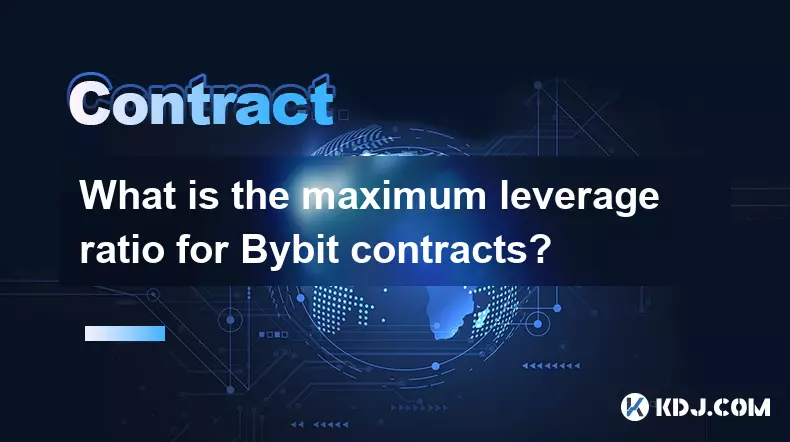
Understanding Bybit's Maximum Leverage Ratio
1. Bybit offers one of the highest leverage ratios in the cryptocurrency derivatives market, allowing traders to amplify their exposure significantly. The maximum leverage available on Bybit depends on the specific contract type and asset being traded. For most USDT-margined perpetual contracts, the platform supports up to 100x leverage. This means a trader can control a position worth 100 times their initial margin.
2. Different cryptocurrencies have varying maximum leverage limits based on their volatility and liquidity. For example, Bitcoin (BTC) and Ethereum (ETH) typically support the full 100x leverage due to their high trading volumes and relative stability compared to smaller altcoins. However, less liquid tokens such as Dogecoin (DOGE) or Shiba Inu (SHIB) may be capped at lower leverage levels like 50x or 25x to manage risk exposure for both users and the exchange.
3. The leverage ratio directly affects the liquidation price of a position. Higher leverage increases profit potential but also raises the likelihood of liquidation during adverse price movements. Traders using 100x leverage could see their positions closed out with even minor fluctuations against their direction, especially in volatile market conditions common in the crypto space.
4. Bybit employs a dynamic adjustment system where maximum leverage is influenced by the size of the position. As the notional value of a trade increases, the allowable leverage decreases to prevent excessive concentration of risk. A small BTC/USDT contract might allow 100x, but larger positions may only permit 50x or lower depending on tiered margin requirements set by the platform.
5. Users must manually select their desired leverage level before entering a trade. Bybit does not automatically apply maximum leverage; it simply sets an upper limit. Responsible traders often opt for lower leverage settings—such as 5x to 20x—to maintain greater control over downside risks while still benefiting from amplified gains.
Risk Management Mechanisms on Bybit
1. To protect both traders and the platform’s financial integrity, Bybit implements several safeguards alongside its high-leverage offerings. These include insurance funds, auto-deleveraging systems, and advanced liquidation engines designed to handle rapid price swings without cascading failures across positions.
2. When a trader’s margin balance falls below the maintenance threshold, the position becomes subject to liquidation. The exact threshold varies by leverage used and asset class. Positions opened at 100x leverage require very little adverse movement to trigger this mechanism, making them particularly sensitive to short-term volatility spikes.
3. Bybit uses a Mark Price-based liquidation system to prevent unfair closures caused by temporary price discrepancies on order books. This method calculates liquidations based on a fair market value derived from global index prices rather than the last traded price, reducing manipulation risks and ensuring more accurate triggering conditions.
4. Traders are encouraged to monitor their 'Estimated Liquidation Price' displayed in real-time within the trading interface. This indicator helps users assess how close their position is to being forcibly closed and allows proactive adjustments through partial closures or additional margin injections.
5. Despite the availability of extreme leverage, experienced traders emphasize that sustainable success comes from disciplined position sizing and stop-loss strategies rather than maximizing leverage. Over-reliance on high-multiplier bets has led to significant losses among inexperienced participants during periods of sharp market corrections.
Differences Between Contract Types and Leverage Limits
1. Bybit provides multiple contract varieties including USDT-margined perpetuals, inverse perpetuals, and quarterly futures. Each category operates under distinct margining rules that influence maximum leverage availability. USDT-margined contracts generally offer higher leverage ceilings due to stablecoin denomination simplifying risk calculations.
2. Inverse perpetual contracts, which are settled in cryptocurrency rather than fiat-backed stablecoins, usually cap leverage at lower levels—often around 100x for BTC but much less for other coins. This structure exposes traders to additional volatility from the underlying asset used as collateral, necessitating tighter controls.
3. Quarterly futures contracts tend to have reduced maximum leverage compared to perpetuals because of longer settlement timelines and associated funding uncertainties. These instruments serve different strategic purposes, such as hedging long-term holdings or speculating on macroeconomic shifts, and thus prioritize stability over aggressive speculation.
4. Leverage settings also interact with order types and execution modes. For instance, reduce-only orders cannot increase existing leverage and will fail if they breach predefined thresholds. This prevents accidental exposure hikes during fast-moving markets when adjusting open positions.
5. New listing pairs typically launch with conservative leverage limits until sufficient trading history and liquidity depth are established. Over time, if volume remains strong and price action proves orderly, Bybit may gradually increase the maximum allowed multiplier to align with mature assets.
Frequently Asked Questions
What happens when a position gets liquidated on Bybit?When a position reaches its liquidation price, Bybit automatically closes it to prevent further losses beyond the allocated margin. The process is handled by the engine using mark price to avoid manipulation. Any remaining equity after covering losses may be returned to the user, though in extreme cases the insurance fund covers deficits.
Can I change leverage during an active trade?Yes, Bybit allows users to adjust leverage on open positions as long as the modification doesn't immediately trigger liquidation. Increasing leverage reduces the buffer between current price and liquidation point, so caution is advised. Changes take effect instantly and impact margin distribution across the position.
Does higher leverage affect funding fees?Funding rates are determined by market demand between long and short sides, not directly by individual leverage usage. However, traders using high leverage often hold shorter-term positions and may be more sensitive to frequent funding payments, especially in strongly skewed markets.
Is 100x leverage available for all account tiers?Maximum leverage access is not restricted by verification level or VIP status. It is governed solely by the asset type, contract category, and position size. All users, regardless of account tier, face the same structural limits based on these factors.
Disclaimer:info@kdj.com
The information provided is not trading advice. kdj.com does not assume any responsibility for any investments made based on the information provided in this article. Cryptocurrencies are highly volatile and it is highly recommended that you invest with caution after thorough research!
If you believe that the content used on this website infringes your copyright, please contact us immediately (info@kdj.com) and we will delete it promptly.
- Bitcoin Whales, Ethereum, and Smart Money: A New Yorker's Take on Crypto's Evolving Landscape
- 2025-09-19 10:25:11
- Bitcoin, Crypto Rally, and September's Endgame: What's the Haps?
- 2025-09-19 10:25:11
- From Change to Riches: That 1 Rupee Coin Could Be Worth 10 Crores!
- 2025-09-19 10:30:00
- ZA Miner: Your Go-To for Cloud Mining and Crypto Income in 2026
- 2025-09-19 10:30:00
- Cryptos in September 2025: Presale Gains and Beyond!
- 2025-09-19 10:30:00
- BNB Price Rockets: Decoding the Cryptocurrency's Surge and Market Factors
- 2025-09-19 10:45:16
Related knowledge

What is the long-short position ratio?
Sep 18,2025 at 08:36pm
Understanding the Long-Short Position Ratio in Crypto TradingThe long-short position ratio is a key metric used by traders and analysts in the cryptoc...
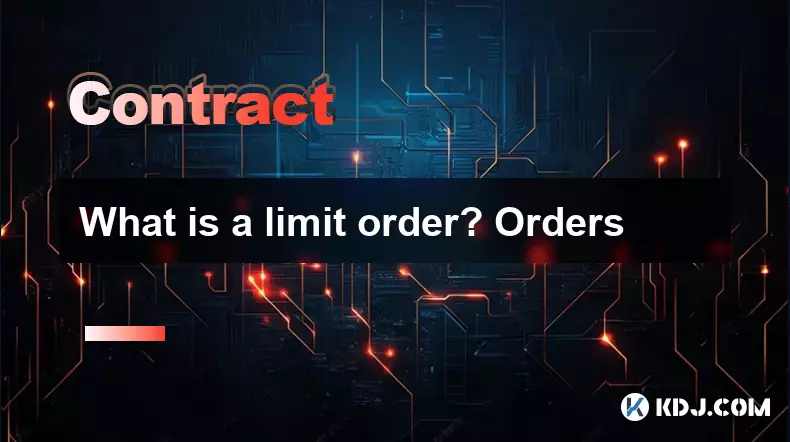
What is a limit order? Orders
Sep 19,2025 at 12:36am
Understanding Limit Orders in the Cryptocurrency Market1. A limit order is a type of trade instruction that allows traders to set a specific price at ...
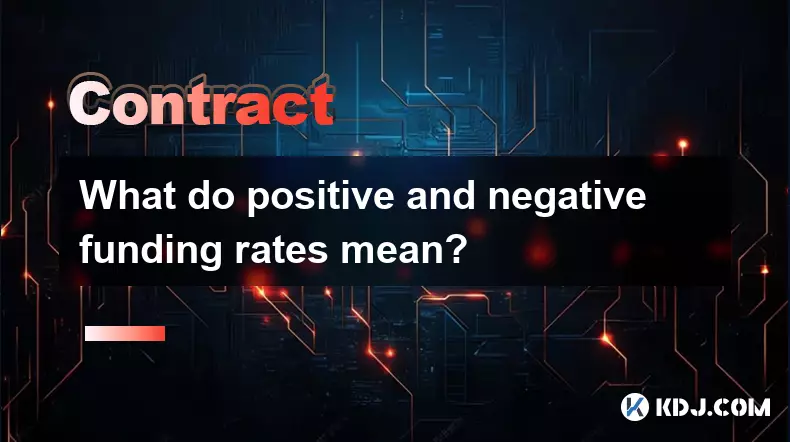
What do positive and negative funding rates mean?
Sep 18,2025 at 10:18pm
Understanding Funding Rates in Crypto DerivativesFunding rates are a crucial mechanism in perpetual futures contracts within the cryptocurrency market...
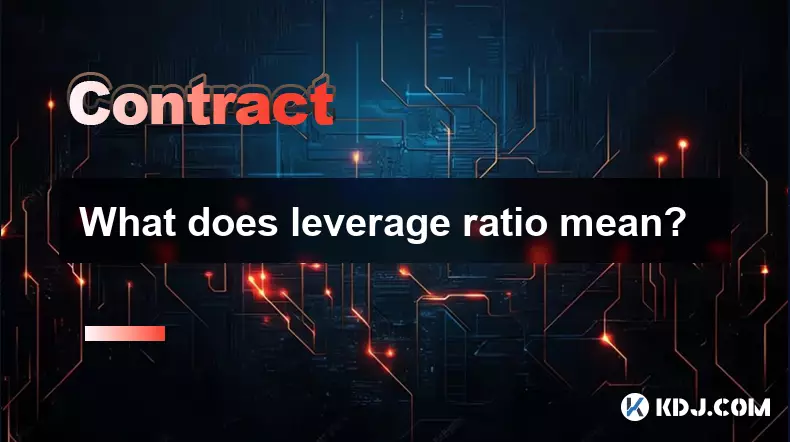
What does leverage ratio mean?
Sep 18,2025 at 07:19pm
Leverage Ratio in the Cryptocurrency Trading ContextIn cryptocurrency trading, the leverage ratio defines the amount of borrowed capital a trader can ...
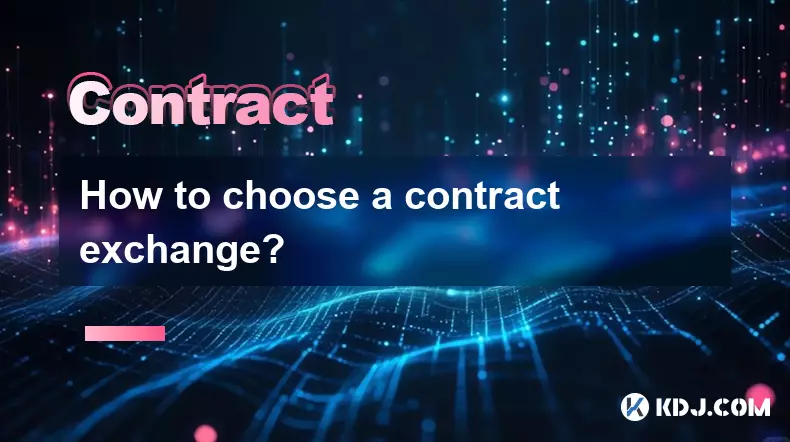
How to choose a contract exchange?
Sep 19,2025 at 12:18am
Understanding the Security Measures of a Contract Exchange1. A reliable contract exchange must implement advanced encryption protocols to safeguard us...

How can I access the KuCoin futures test network?
Sep 18,2025 at 05:00pm
To access the KuCoin futures test network, users must first register on the KuCoin official website and navigate to the testnet section through the fu...

What is the long-short position ratio?
Sep 18,2025 at 08:36pm
Understanding the Long-Short Position Ratio in Crypto TradingThe long-short position ratio is a key metric used by traders and analysts in the cryptoc...

What is a limit order? Orders
Sep 19,2025 at 12:36am
Understanding Limit Orders in the Cryptocurrency Market1. A limit order is a type of trade instruction that allows traders to set a specific price at ...

What do positive and negative funding rates mean?
Sep 18,2025 at 10:18pm
Understanding Funding Rates in Crypto DerivativesFunding rates are a crucial mechanism in perpetual futures contracts within the cryptocurrency market...

What does leverage ratio mean?
Sep 18,2025 at 07:19pm
Leverage Ratio in the Cryptocurrency Trading ContextIn cryptocurrency trading, the leverage ratio defines the amount of borrowed capital a trader can ...

How to choose a contract exchange?
Sep 19,2025 at 12:18am
Understanding the Security Measures of a Contract Exchange1. A reliable contract exchange must implement advanced encryption protocols to safeguard us...

How can I access the KuCoin futures test network?
Sep 18,2025 at 05:00pm
To access the KuCoin futures test network, users must first register on the KuCoin official website and navigate to the testnet section through the fu...
See all articles








































































